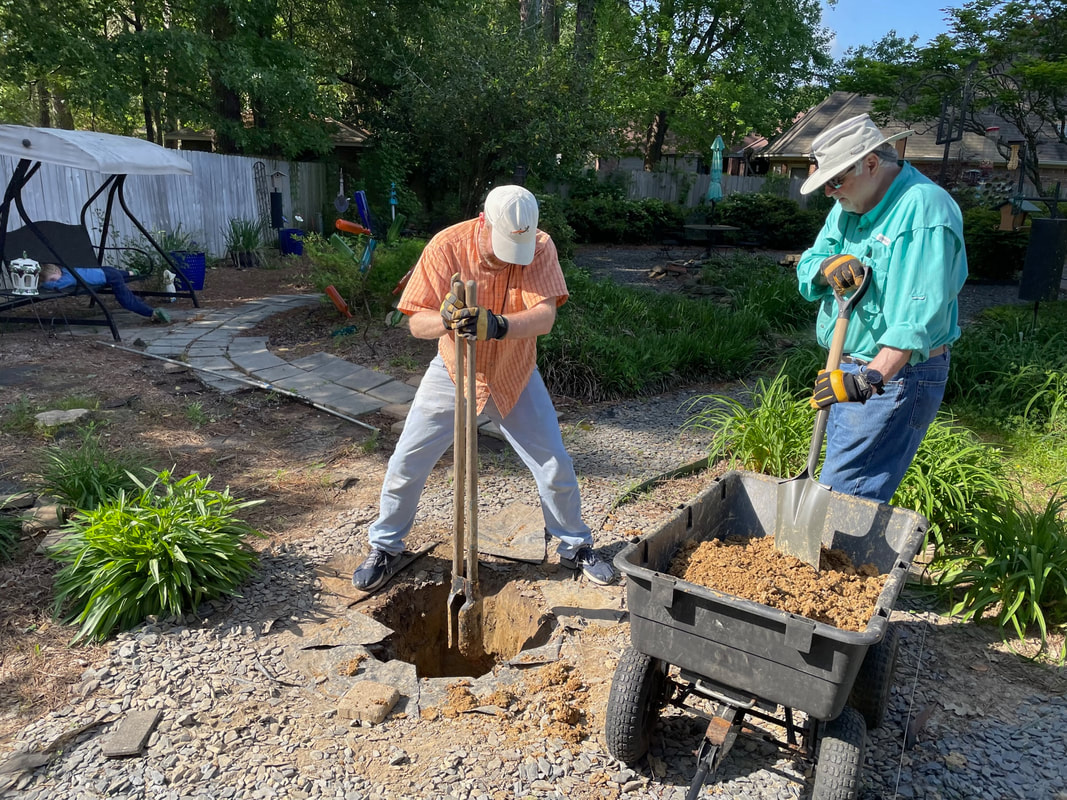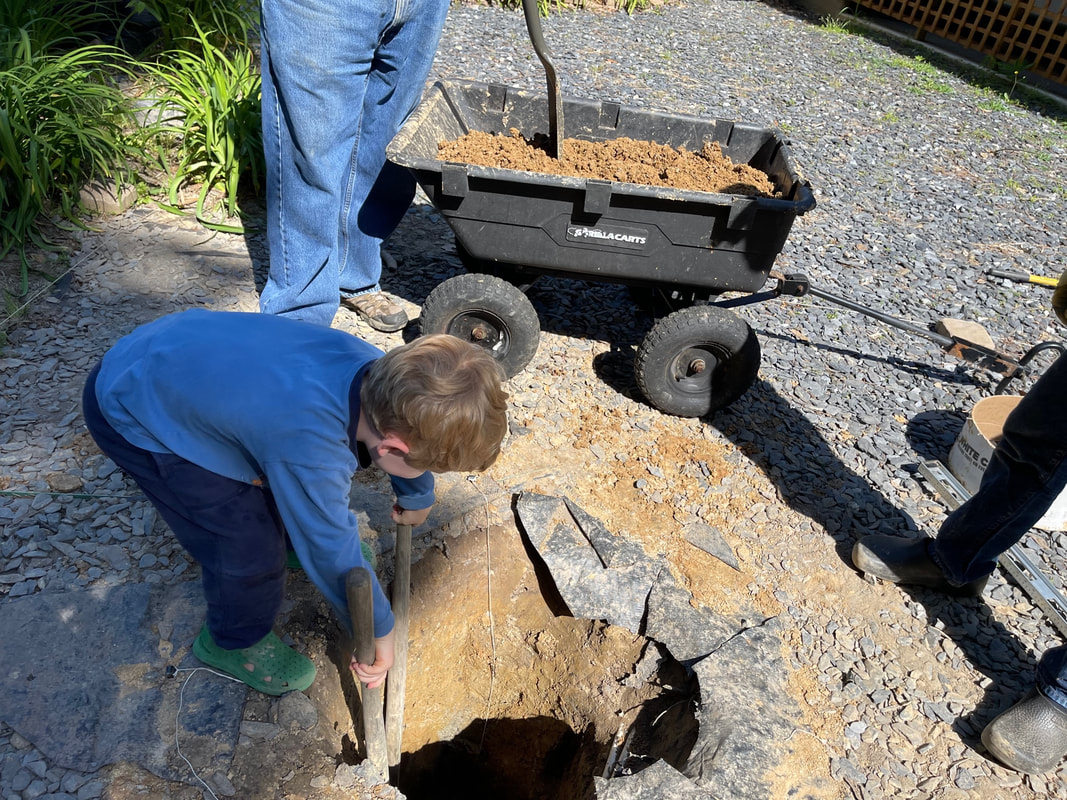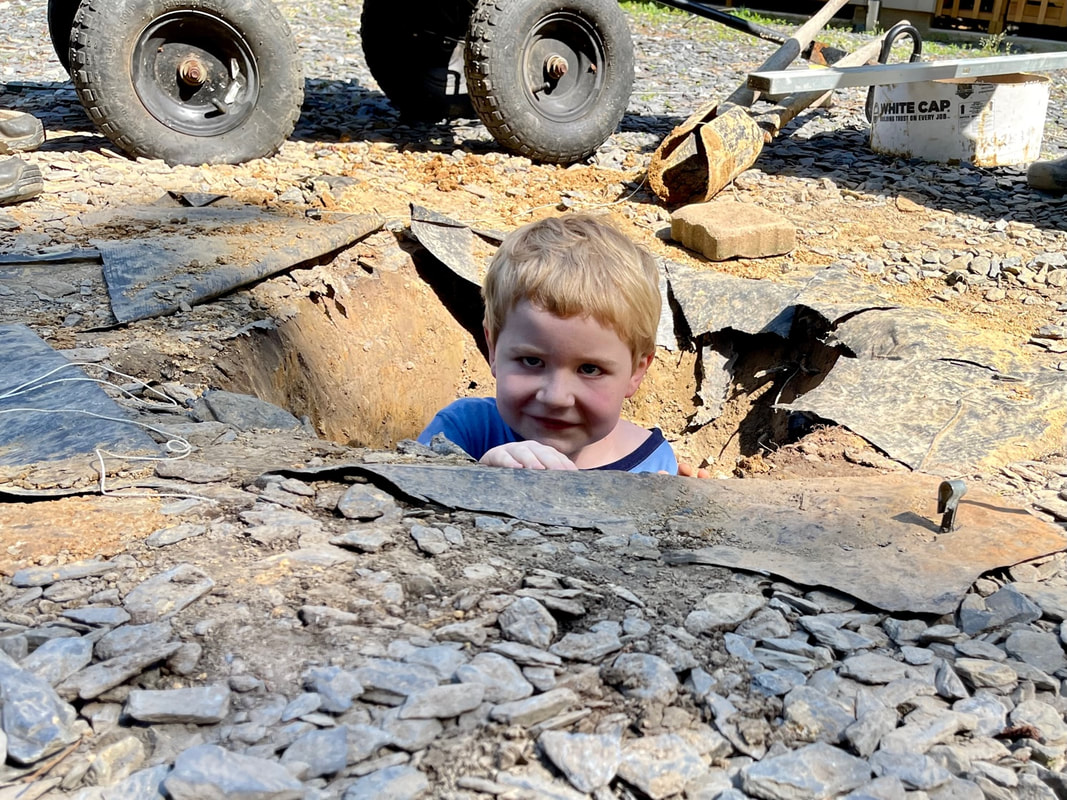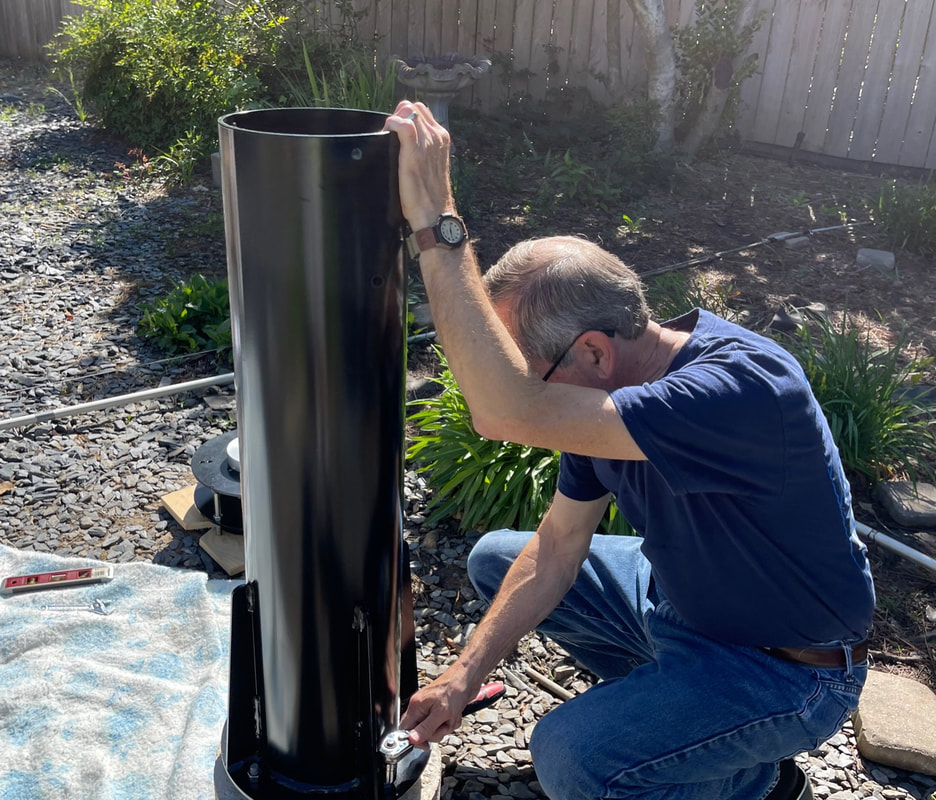I followed SkyShed’s excellent pictorial documents to install the concrete footing and set up the SkyShed Metal pier. Here is how I set up a pier in my backyard in 10 “easy” steps:
1. I bought a 14” diameter Sonotube and cut a 4’ long piece for the concrete pier. I also cut a 6” long piece to place on the ground to simulate and visualize what the above ground portion would look like.
I wanted to use it, so my first test was that evening, which actually went well. I attached my telescope, camera, StarSense, cables, etc and used my laptop on a table next to the telescope.
This was followed by an Auto Align using the StarSense. I selected Arcturus, it whirred and stopped, and there it was on my laptop screen (out of focus of course). After focusing I just selected the brightest object in the sky that night, a half full Moon, and enjoyed checking it out.
The next morning, with a little help from friends again (Daniel and Michelle), we successfully lifted the metal pier (without the cap) onto the bolts of the concrete pier.
I put black duct tape onto the end of my long level with the ends turned slightly up to stick to the end of the level. I then lowered the level into the metal pier, carefully held it above the hole in the bottom, then lowered it and pressed down. I gently lifted the level upward and the tape stayed in place stuck to the bottom of the metal pier over the hole as seen in the above picture. I repeated with a second piece of tape just to make sure the hole was covered.
I then filled the metal pier with sand and put the metal cap on top of the pier with the AVX “doughnut” adapter bolted on as previously described.
Then came my next hmmmm. The instructions say to remove the North peg from your AVX tripod and screw it into the doughnut adapter, but the hole threads did not match. I went to the hardware store and bought a 1” bolt with the correct thread and a round head to use instead. This turned out to work well, and I placed the North peg back into my AVX tripod for use when I want to take the mount and tripod with me on a trip.
I was finally ready to put my equipment in place and wait for the evening for the test drive.
When it was close to dark, I looked through the polar scope of the AVX mount and was pleased to see my friend Polaris clearly in view as I had tested many times earlier in the year! It was enough above the top of the garage to accommodate the circle of possible positions of Polaris. (Note: view is reversed - up is down & left is right). I use an app on my phone to determine the current position of Polaris on the circle around the North Celestial Pole (I don’t use the Polaris and constellation markings of the Polar scope). I used the mount adjustment knobs until Polaris was at the proper position on the circle as indicated by the app.
My location planning paid off and I even avoided a pesky tree limb as well (I may have to cut if off some day).

































 RSS Feed
RSS Feed